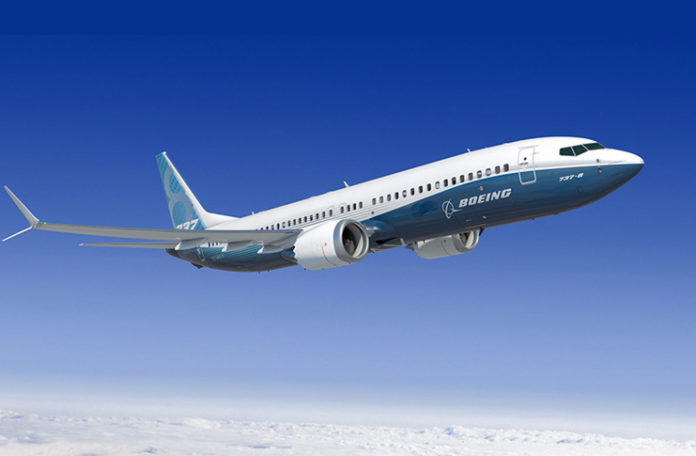
TravelingForMiles.com may receive commission from card issuers. Some or all of the card offers that appear on TravelingForMiles.com are from advertisers and may impact how and where card products appear on the site. TravelingForMiles.com does not include all card companies or all available card offers.
Some links to products and travel providers on this website will earn Traveling For Miles a commission which helps contribute to the running of the site – I’m very grateful to anyone who uses these links but their use is entirely optional. The compensation does not impact how and where products appear on this site and does not impact reviews that are published. For more details please see the advertising disclosure found at the bottom of every page.
An article in yesterday’s Seattle Times makes for worrying reading if you’re a flyer, a Boeing shareholder or a Federal Aviation Administration (FAA) manager because it suggests that the certification process for the Boeing 737 MAX was hurried, botched and, to a significant degree, passed back to Boeing engineers to do themselves.
I’m not about to delve into the minutia of what the Seattle Times article goes into but, from the perspective of someone who thought that the FAA had a rigorous certification process in place for all new aircraft, I’m more than a little concerned about what the highly detailed article appears to suggest.
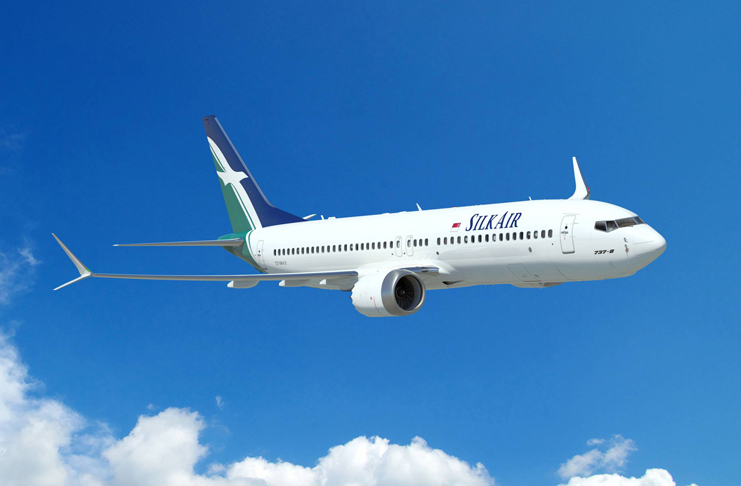
In brief, here are the key points made in the article:
- The certification process for the 737 MAX aircraft was rushed as Boeing attempted to catch up with Airbus and its A320Neo aircraft.
- Managers at the FAA put pressure on the agency’s own safety engineers to delegate safety assessments to Boeing itself, and to then quickly approve the resulting analysis.
- The safety analysis of the 737 MAX’s new flights control system (MCAS) was seriously flawed
- The safety analysis documents for the MCAS system contained incorrect information
- The MCAS system was put in place as a work-around to an issue Boeing faced
- Boeings engineers had significant involvement in certifying the corporation’s own aircraft as safe to fly.
- It was Boeing engineers who the FAA entrusted with certifying the MCAS system.
I find all of that pretty incredible.
I think the biggest surprise here (for me) is the fact that it seems to be pretty standard procedure for the FAA to allow an aircraft manufacturer quite a bit of involvement in the certification of its own aircraft (what could possibly go wrong with that?!)…..and the fact that the FAA appears to have essentially divested all responsibility for the certification of the 737 MAX’s MCAS system to the corporation that built the system is simply staggering.
According to the Seattle Times the safety analysis of the MCAS system understated the power of the new flight control system, failed to account how the system could reset itself (and could therefore repeatedly cause an issue for a pilot in times where the system was failing) and gave an incorrect evaluation of the fallout in the case of a system failure.
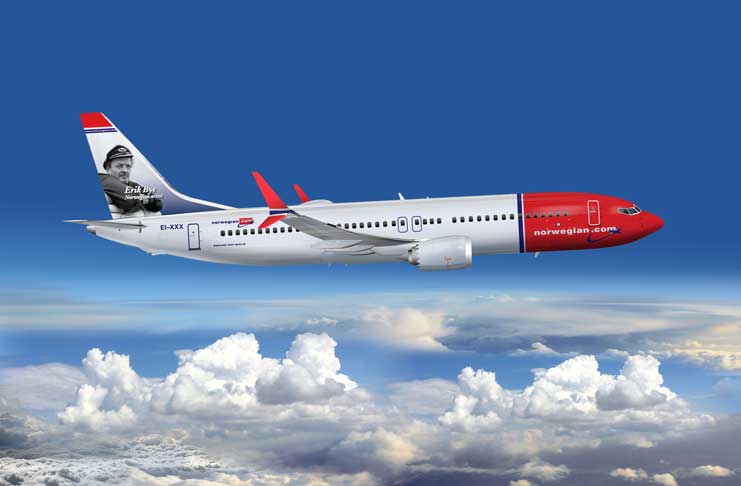
It gets worse.
First a few facts about MCAS:
- The MCAS system was installed in the 737 MAX to correct the aircraft’s angle of climb in a situation where an overly steep climb is threatening to cause the aircraft to stall.
- When a potential stall is detected the MCAS system automatically moves the aircraft’s nose down to reduces the angel of climb.
- The 737 MAX has two sensors in its nose which can measure the angle at which the aircraft is climbing.
Now some facts about how Boeing apparently set MCAS to work:
- The MCAS system installed in the Boeing 737 MAX is only hooked up to one of the two sensors in the nose of the aircraft.
- There is no system in the 737 MAX which checks the readings from both sensors and alerts the crew if one sensor is showing a significantly different reading to the other prior to take off.
- There is no system in the 737 MAX which checks the readings from both sensors while the aircraft is on the ground and makes sure that the sensors are showing a reading of zero.
Are you kidding me?!
Why on earth would you design a system that (a) didn’t check to see if two sensors which should be reading the same are actually reading the same and registering correct information and (b) only hook up your new flight control system to just one of two available sensors?
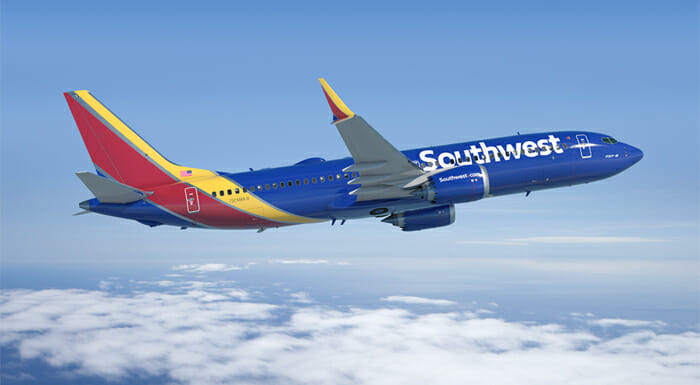
If you’re wondering how this all factors in to what’s been going on in recent months here’s the answer:
Early indications from the Lion Air crash back in October appear to suggest that the one sensor to which the MCAS system was connected had an issue and, as a result, the system repeatedly moved the nose of the aircraft down to correct for a non-existent issue.
Every time the Lion Air crew corrected for this (approximately 21 times) the system reset itself (because Boeing allows the system to reset itself an infinite number of times) and pushed the nose of the plane back down again.
The result? Lion Air 610 hit the sea at over 500 miles/hour.
Before you jump to Boeing’s defence (as some people seem very keen to do) and blame the pilots for not knowing how to respond to this error please bear this in mind – Boeing installed MCAS without telling pilots about it.
Per the Seattle Times:
Since MCAS was supposed to activate only in extreme circumstances far outside the normal flight envelope, Boeing decided that 737 pilots needed no extra training on the system — and indeed that they didn’t even need to know about it. It was not mentioned in their flight manuals.
That stance allowed the new jet to earn a common “type rating” with existing 737 models, allowing airlines to minimize training of pilots moving to the MAX.
Dennis Tajer, a spokesman for the Allied Pilots Association at American Airlines, said his training on moving from the old 737 NG model cockpit to the new 737 MAX consisted of little more than a one-hour session on an iPad, with no simulator training.
Minimizing MAX pilot transition training was an important cost saving for Boeing’s airline customers, a key selling point for the jet, which has racked up more than 5,000 orders.
The company’s website pitched the jet to airlines with a promise that “as you build your 737 MAX fleet, millions of dollars will be saved because of its commonality with the Next-Generation 737.”
I’m really not sure what else to say here.
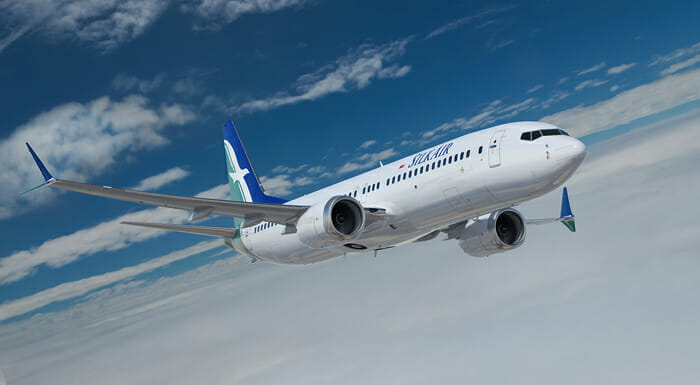
The sources the Seattle Times cites seem to be both informed and appropriate to the topic at hand and, more importantly, the explanation for what may have gone wrong with Lion Air 610 (and possibly even Ethiopian 302) seems plausible.
According to the Wall Street Journal the US Department of Transport (DoT) is now investigating the FAA and looking into what procedures it followed in the certification of the Boeing 737 MAX and the Department of Justice has issued “a broad subpoena dated March 11 to at least one person involved in the 737 MAX’s development, seeking related documents, including correspondence, emails and other messages“.
Bottom Line
Assuming everything the Seattle Times has said is true (at this point I see little reason to disbelieve the article) I’m appalled at how aspects of the 737 MAX were designed and at the truly incompetent and irresponsible certification process that took place for the aircraft.
I expect a long and drawn out investigation over this and I don’t expect it to end well for the FAA or Boeing…and that’s a good thing. The people behind this abomination need to be brought to task.
To a layperson the certification process appears to be a joke (how can you possibly trust a profit seeking corporation to self certify an aircraft which it desperately needs to succeed?) and the design and manufacture process appears to have more holes in it than a block of Swiss cheese.
I really wasn’t sure what to think about the safety of the 737 MAX following the tragic Ethiopian Airlines accident a little over a week ago but, after having read the compelling Seattle Time article, I won’t be getting into a 737 MAX any time soon….no matter what the FAA and Boeing say.
[HT: View From The Wing for highlighting the article]


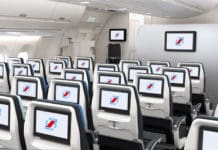










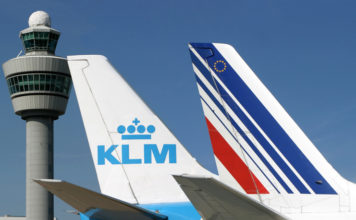
![Earn 20,000 bonus Amex points on Air France/KLM bookings [Targeted] a row of seats in a plane](https://travelingformiles.com/wp-content/uploads/2024/03/air-france-new-business-class-2-741-80x60.jpg)


This is shocking. There have also been reports in Europe about the ET B737 Max8 crash – apparently the aircraft made a vertical descent and hit the ground at high speed. The result is that human parts are not to be found, other than the odd finger and – apparently – one arm. Like you, I will be steering clear of the Max aircraft even after the investigation has been completed and Boeing has made changes to the software used. Further, I will also be suspicious of the B777X certification by the FAA and give it a wide berth, despite the fact that I have been eagerly looking forward to flying on it with Lufthansa or one of the ME airlines. A sad state of affairs at Boeing.
I have a bad feeling that we’re just starting to see the tip of the iceberg here….
Sure brings into question of Boeing’s launch of the 777X world’s longest plane- were the same type of shortcuts used here?
My thoughts precisely.
So why is Boing not testing the max planes, also the CEO admitted on fox that they are late in software updates, another x ceo was on cnn and stated there are no issues and thinks 2 crashes are common, so there has to be some bad stuff going on internally including the FAA, this should be a criminal case, a lot of people died in a horrific crash, last seconds must been a panic. Sad sad sad. Its all about revenue
It will be VERY interesting to see what details emerge from the DoJ and DoT investigations. Right now the information that’s out in the public domain looks quite damning for both Boeing and the FAA but we should bear in mind that we may have only heard part of the story so far.
I’m more than prepared to believe a large portion of what the Seattle Times has reported but, just to play Devil’s Advocate, it’s worth remembering that scandal and bad news sells newspapers….good news not so much.
Absurd commentary that a for-profit aircraft manufacturer would risk its business future just to get to market — but as with Ford and its Pinto in the 1970s, it does happen — when the author states his belief that a political entity — the federal government’s FAA — could be wholly trusted to do the right thing. I prefer the manufacturer certifying the aircraft — and being fully liable for errors — than trusting a poltiically-motivated agency to certify a plane, for which there is no recourse for the flying public.
The manufacturer is liable for errors with the aircraft regardless of who certifies it.
[…] press reports are to be believed (like the one I discussed last week) the FAA delegated all responsibility for select areas of the 737 MAX project to Boeing, and then […]
[…] little over a week ago the Seattle Times wrote an extensive article in which it discussed how the FAA delegated a lot of responsibility for the certification of the […]
[…] I’ve heard and read about how the 737 MAX came into being and how the aircraft was certified as safe to fly by the FAA leaves me with a feeling that Boeing knowingly put people’s lives in danger in its chase for […]